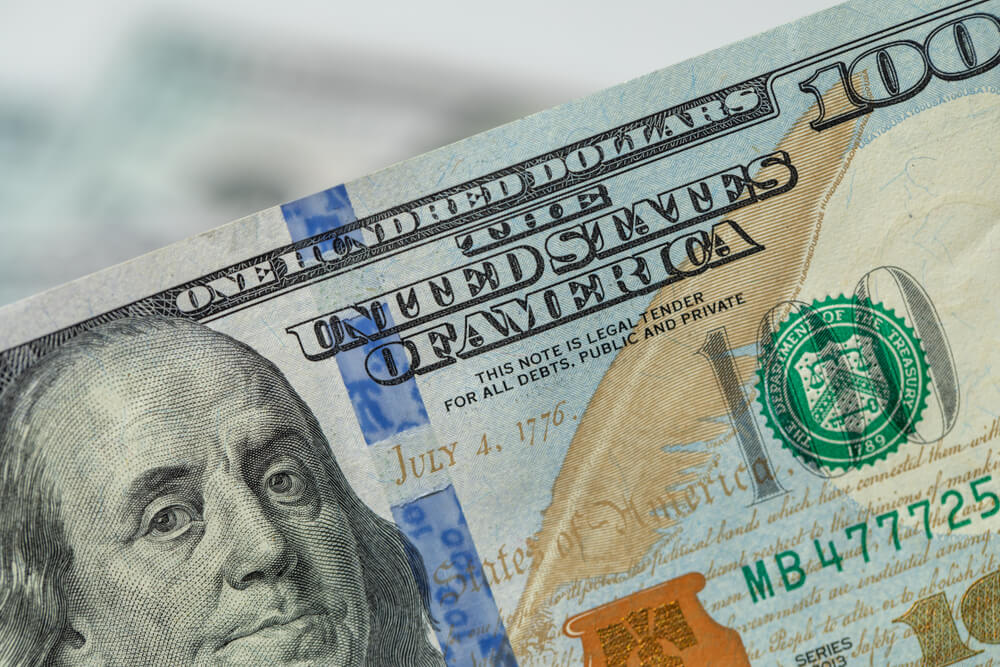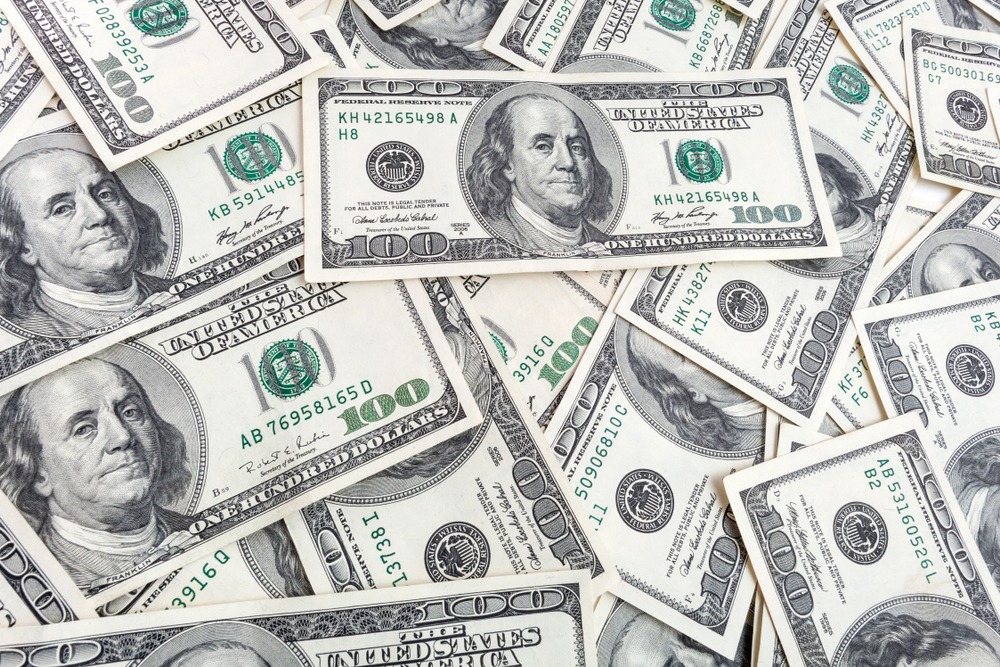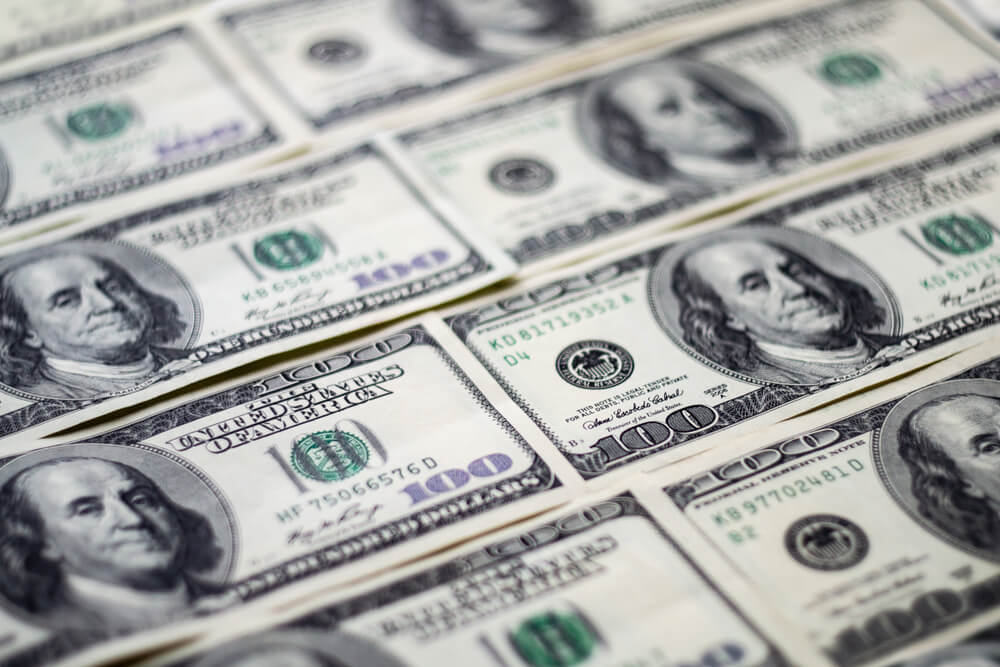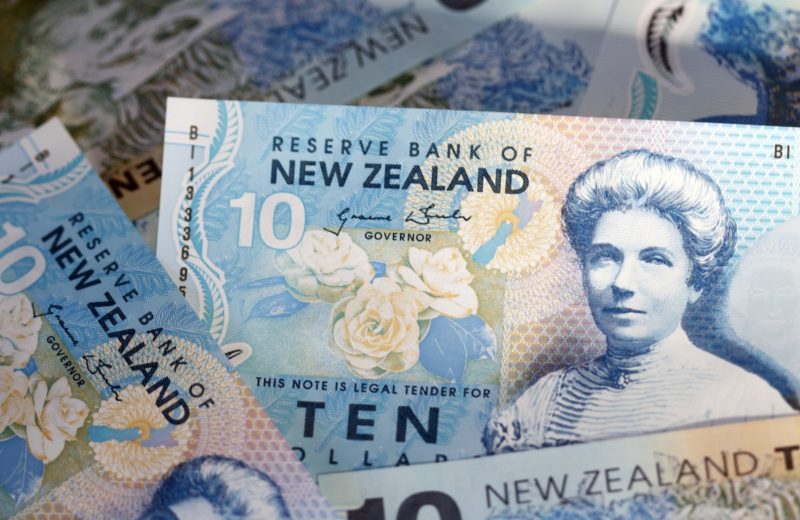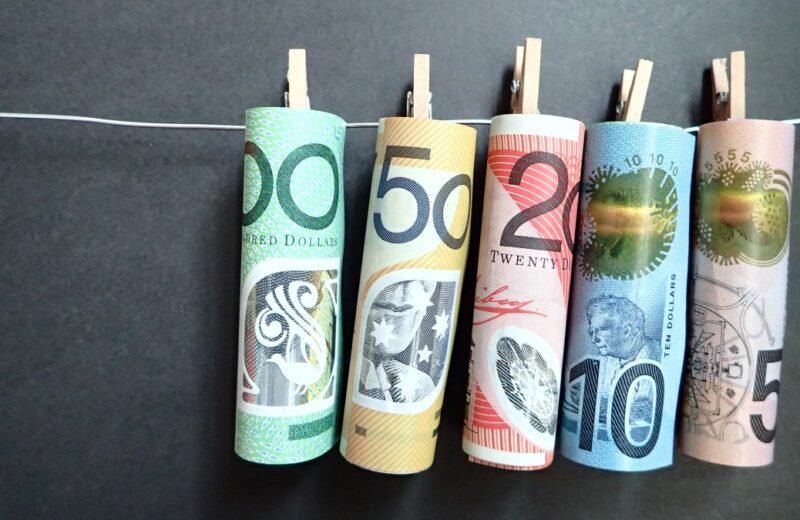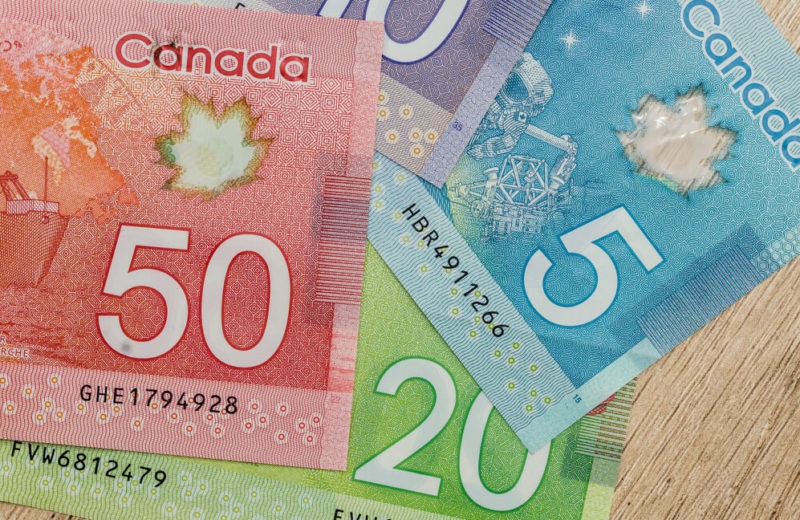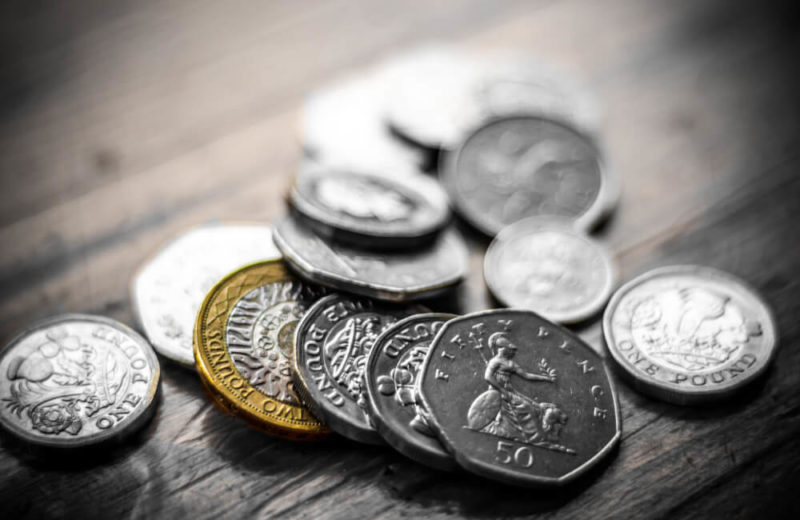The dollar hit a three-week high against the yen early on Thursday and remained up against other majors. The $ 4,444 surged to a record high of ¥ 130.23 on May 11, expanding its 1.1% rise on Wednesday to a record high of ¥ 131.34 in May. The euro fell 0.81% overnight to a 10-day low at $ 1.0653, and the Sterling was $ 1.247 after a 0.96% drop on Wednesday. This kept the dollar index at 102.53.
“Looking at the stock markets, bonds, and the dollar, everything is going well,” said Ray April, head of foreign exchange strategy at the National Australia Bank (NASDAQ: NBC). “In the last 48 hours or so, the decline in US Treasury yields has reversed. The 10-year yield is back. Almost 3% of the stock market struggled, and the US dollar rose. This was last week. It’s almost a mirror image of what we saw when we talked about the possibility of a pause in the tightening cycle. ” ” Also, before next week’s ECB meeting, I think the euro has done most of what it can bring.
Outlook on Currency Markets Around the World
US 10-year benchmark yields hit a two-week high of 2.951% on Wednesday after data showed that US manufacturing activity recovered in May as demand for commodities remained strong. You have reached. You can mitigate the fear of an imminent recession.
Job vacancy rates in the United States also remained high. Yields rose as the Federal Reserve rapidly raised interest rates to curb inflation, hoping that the economy wouldn’t be driven into recession. The rise stopped last week after Atlanta Fed Governor Raphael Bostic raised the possibility of a suspension of rate hikes at the Fed’s September meeting in response to inflation and the economic implications of high-interest rates.
The 10-year yield was the last at 2.9168%. Traders are waiting for more US employment data later in the US payroll data on Thursday and Friday. They are also beginning to focus on next week’s European Central Bank (ECB) monetary policy conference. The central bank should provide details on interest rate hike plans.


